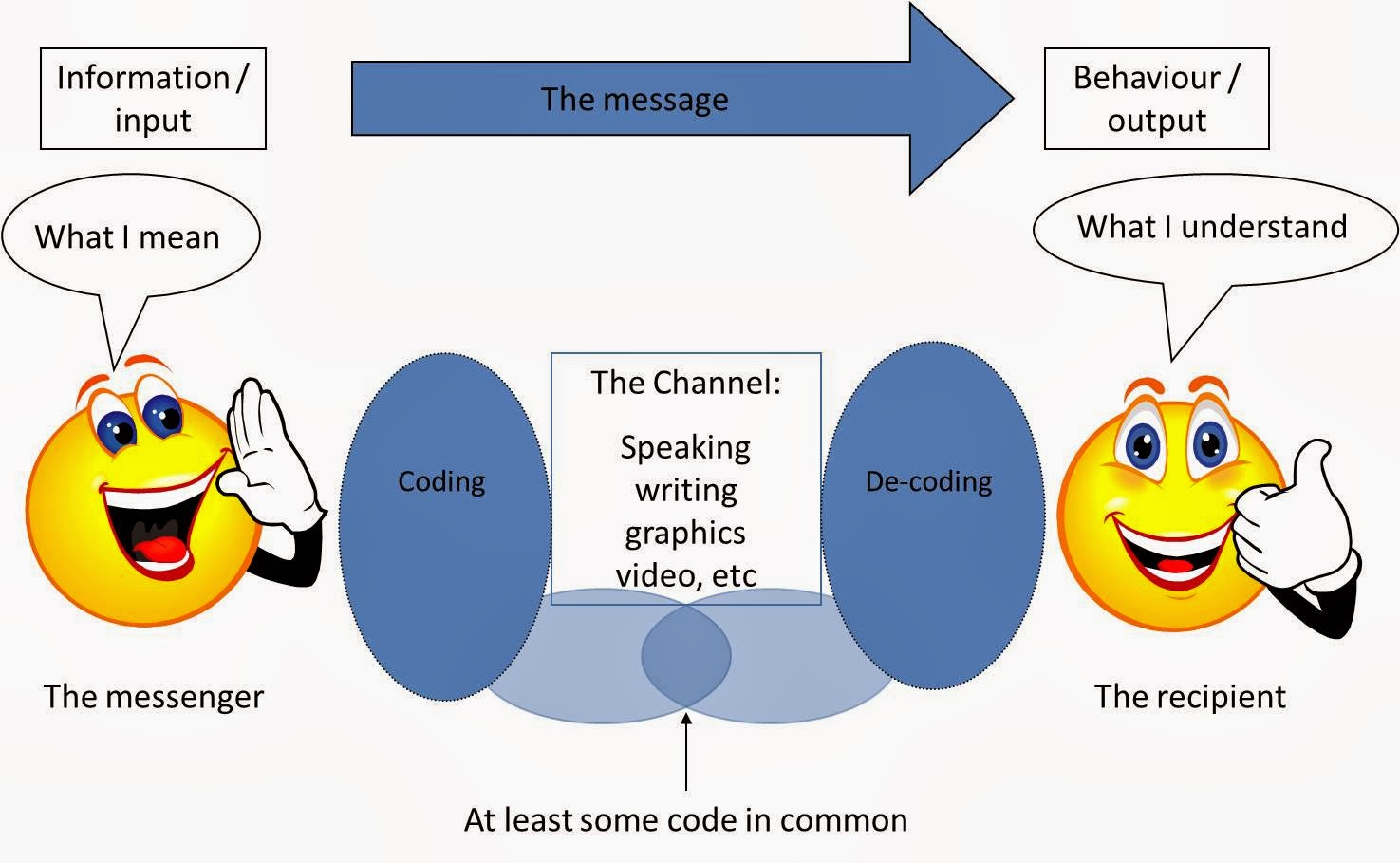Teaching Poetry
1. Introduction
Poetry offers a unique vehicle for language
learning—enabling emotional expression, figurative language exploration, and
deeper cultural or personal connections. Engaging with poems can sharpen
students’ listening, speaking, reading, and writing
skills while expanding imaginative thinking.
2. Objectives of Teaching Poetry
- Develop
Appreciation for Literary Devices
- Identify
and interpret metaphor, simile, personification, rhyme, rhythm, etc.
- Enhance
Language Sensitivity
- Recognize
nuances of words, connotations, and the power of brevity or repetition.
- Encourage
Personal and Emotional Response
- Reflect
on feelings or memories the poem evokes.
- Improve
Pronunciation and Prosody
- Practice
reading with appropriate intonation, stress, and pacing.
- Inspire
Creativity
- Motivate
students to write their own lines, stanzas, or entire poems.
3. Step-by-Step Procedure for Teaching Poetry
- Choosing
a Poem
- Pick
a poem that resonates with the students’ level and interests.
- Short
poems with clear imagery or themes are suitable for initial lessons.
- Pre-Reading
- Introduce
the Theme: Ask a question or show an image related to the poem’s
topic.
- Key
Vocabulary: Briefly highlight unusual or challenging words to ease
comprehension.
- Reading
/ Listening
- Read
Aloud: The Teacher reads the poem expressively or uses an audio
recording.
- Encourage
students to read in unison or in small groups to develop
confidence and fluency.
- Post-Reading
/ Analysis
- Literal
Understanding: Summarize what the poem is about at a surface level.
- Deeper
Interpretation: Discuss possible meanings, feelings, or messages.
- Literary
Devices: Identify any similes, metaphors, rhyme schemes, or
personifications.
- Creative
Extension
- Discussion
Questions: “How does this poem make you feel?” “Have you ever
experienced something similar?”
- Writing
Response: Write a short reflection, a personal poem, or a letter to
the poet.
- Art
or Drama: Illustrate a stanza, perform a short dramatization, or
create a class poem on the same theme.
- Assessment
- Could
be a short quiz on poetic devices, a written interpretation,
or a creative writing piece.
4. Example Poetry Lesson: “Smile” (Anonymous / Modified
Poem)
4.1 Text of the Poem
Smile
A smile costs nothing but gives much;
It enriches those who receive
Without making poorer those who give.
It happens in a flash,
But the memory sometimes lasts forever.
A smile creates happiness in the home,
Fosters goodwill in business,
And is the sign of friendship.
Yet it cannot be bought, begged, borrowed, or stolen,
For it is something of no value
To anyone until it is given away.
4.2 Lesson Outline
- Pre-Reading
- Discussion:
“When do you usually smile? How does it affect your mood?”
- Key
Words: enrich, goodwill, fosters, borrowed,
sign of friendship.
- Reading
the Poem
- Teacher
Read-Aloud: Model expressive reading, emphasizing key words and
intonation.
- Student
Choral Reading: Students read as a group to build confidence.
- Post-Reading
Analysis
- Literal
Comprehension: “What are the benefits of a smile?”
- Interpretation:
“Why can’t a smile be borrowed or stolen?”
- Theme:
Generosity, kindness, and the intangible value of caring gestures.
- Creative
Extensions
- Discussion:
“How can a simple smile change someone’s day?”
- Personal
Connection: Students write a short paragraph about a time a smile
made a difference in their life.
- Art
Activity: Design a poster incorporating lines from the poem and
creative drawings.
- Assessment
- Vocabulary
Check: Short matching or fill-in-the-blank with key words.
- Short
Reflection Essay: “How does the poem’s message relate to kindness in
everyday life?”
Part C: Training Other Teachers to Teach Prose &
Poetry
For teacher educators or those mentoring new
teachers:
- Model
Lessons
- Demonstrate
both a prose and a poetry lesson using the outlined procedures.
- Collaborative
Lesson Planning
- Have
trainees co-plan a lesson, selecting objectives,
pre-/while-/post-reading tasks.
- Encourage
them to adapt each step to different class sizes or proficiency levels.
- Peer
Observation & Feedback
- Trainees
observe each other teaching an excerpt from a short story or poem.
- Provide
constructive feedback focusing on clarity of instructions, student
engagement, and question techniques.
- Workshops
on Literary Devices & Reading Strategies
- Conduct
mini-sessions on how to teach figurative language or scaffolding
reading comprehension.
- Use
real texts for hands-on practice.
- Reflection
& Assessment
- Encourage
teachers to reflect on what worked (or didn’t) in actual
classrooms.
- Offer
practical rubrics or checklists for assessing students’ reading
comprehension, discussion participation, and written tasks.



Comments
Post a Comment